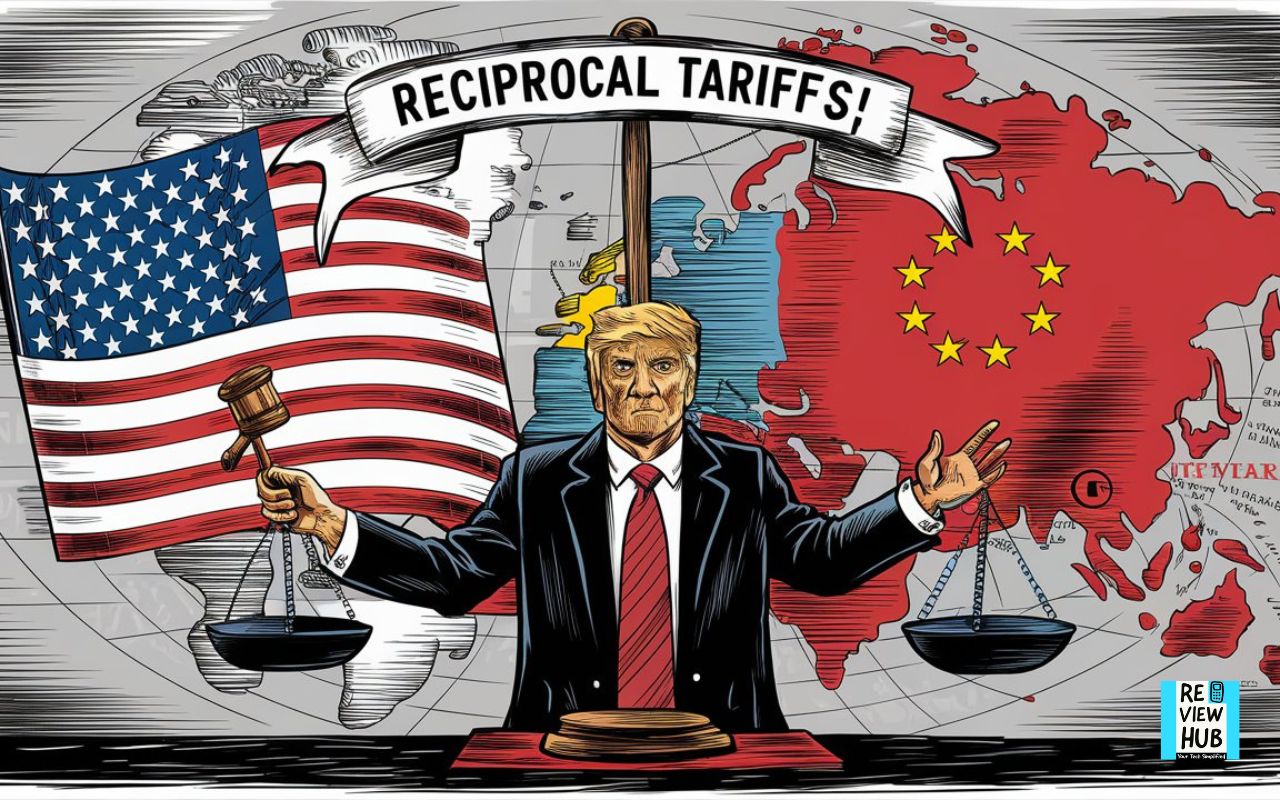In a groundbreaking development for global tech manufacturing, Apple has announced plans to shift a significant portion of its iPhone production to India by the end of 2025. According to a recent X post by AskPerplexity, one in four iPhones could be made in India by the close of this year, driven by U.S. tariffs on Chinese goods and India’s growing appeal as a manufacturing hub. This move not only reshapes Apple’s supply chain strategy but also positions India as a rising star in the global manufacturing landscape. In this article, we’ll explore what this shift means for India, China, and the global tech industry, while diving into the economic and geopolitical factors at play.
- Why Is Apple Moving iPhone Production to India?
- What Does This Mean for India?
- Challenges for India in Becoming a Manufacturing Powerhouse
- Impact on China and Global Manufacturing
- Will iPhones Be Cheaper in India?
- The Bigger Picture: India’s Rise in High-Tech Manufacturing
- Conclusion: A Win for India and Apple
Why Is Apple Moving iPhone Production to India?
1. U.S. Tariffs on Chinese Goods
The primary driver behind Apple’s decision is the ongoing U.S.-China trade war, which has led to significant tariffs on Chinese imports. According to the Tax Foundation (2025), U.S. tariffs on $120 billion worth of Chinese goods were reduced to 7.5% in 2025, but the lingering threat of trade tensions has pushed Apple to diversify its supply chain. By moving production to India, Apple aims to avoid these tariffs and reduce its reliance on China, which currently accounts for 28.8% of global manufacturing output (Safeguard Global, 2024).
2. Lower Labor Costs in India
Labor costs in China have surged, with factory workers now earning over $600 per month, compared to $150-$300 in India (Ask Perplexity, 2025). This cost advantage makes India an attractive destination for iPhone production, which is looking to maintain profitability while scaling production. Additionally, India’s young and growing workforce offers a sustainable labor pool for tech manufacturing.
3. India’s Production Linked Incentive (PLI) Scheme
India’s government has rolled out the Production Linked Incentive (PLI) scheme to attract global manufacturers. With Rs 1.97 lakh crore allocated across 13 sectors (Wikipedia, 2025), the scheme offers financial incentives, infrastructure upgrades, and workforce training. For Apple, this support has been instrumental in scaling operations, with iPhone production in India rising from 1% in 2021 to 7% in 2023 (BusinessToday, 2023).
What Does This Mean for India?
1. Job Creation and Economic Growth
Apple’s expansion in India is set to create up to 600,000 jobs by FY25, including 200,000 direct roles at factories operated by suppliers like Foxconn and Pegatron (Ask Perplexity, 2025). The multiplier effect could generate millions of indirect jobs in logistics, component manufacturing, and retail, significantly boosting India’s economy.
2. Boost in Exports
Under the PLI scheme, iPhone exports from India are projected to reach ₹1.2 lakh crore ($14 billion) in FY24 alone (Ask Perplexity, 2025). This diversification of India’s export base—beyond traditional sectors like textiles—strengthens its position as a global trade player. By 2026, India aims to triple its domestic electronics production to $126 billion and achieve a fivefold increase in exports to $55 billion (BusinessToday, 2023).
3. Attracting Foreign Investment
Apple’s move signals confidence in India’s manufacturing ecosystem, encouraging other tech giants like Lenovo, HP, and Dell to follow suit. Lenovo, for instance, plans to relocate all laptop production to India within three years (Ask Perplexity, 2025). This trend could position India as a preferred destination for foreign investment, further fueling economic growth.
Challenges for India in Becoming a Manufacturing Powerhouse
While the potential is immense, India faces several hurdles in replicating China’s manufacturing success:
- Infrastructure Gaps: India must address deficiencies in logistics and supply chain efficiency to meet Apple’s high standards.
- Regulatory Hurdles: Streamlining policies and reducing bureaucratic red tape will be crucial for sustained growth.
- Skilled Workforce: Scaling up workforce training programs is essential to support high-tech manufacturing.
Despite these challenges, India’s booming economy, young workforce, and rising domestic consumption make it a strong contender to challenge China as the world’s factory.
Impact on China and Global Manufacturing
China has long dominated global manufacturing, with a 28.8% share of output—over 10 times India’s share (Ask Perplexity, 2025). However, rising labor costs, an aging population, and stricter regulations have made it less competitive for labor-intensive industries. Apple’s shift to India could accelerate a broader trend of supply chain diversification, with other companies reevaluating their reliance on China.

Globally, this move could reshape trade dynamics, as countries like India and Vietnam emerge as viable alternatives to China. For Apple, the gamble on India is a strategic play to balance cost, risk, and growth in an increasingly volatile geopolitical landscape.
Will iPhones Be Cheaper in India?
A common question among Indian consumers is whether this shift will make iPhones more affordable. Unfortunately, the answer is likely no. While local manufacturing may reduce some costs, Apple’s global pricing strategy and India’s 26% tariff on imported components will keep prices relatively stable. However, increased local iPhone production could improve availability and reduce wait times for new iPhone models in India.
The Bigger Picture: India’s Rise in High-Tech Manufacturing
Apple’s commitment to India is a potential catalyst for the country’s economic transformation. With mobile phones accounting for 21.5% of India’s domestic electronics demand (BusinessToday, 2023), the sector is growing at a 15% compound annual growth rate (CAGR). If India can overcome its challenges, it could emerge as a critical player in high-tech manufacturing, reshaping global supply chains for years to come.
Conclusion: A Win for India and Apple
Apple’s decision to shift 25% of its iPhone production to India by the end of 2025 is a win-win for both the tech giant and the Indian economy. For Apple, it’s a strategic move to mitigate risks and reduce costs. For India, it’s an opportunity to create jobs, boost exports, and establish itself as a global manufacturing hub. As other companies follow Apple’s lead, India’s role in the tech world is set to grow, potentially unlocking its full economic potential.
Stay tuned to ReviewHub.in for more updates on tech trends, global manufacturing shifts, and their impact on consumers and economies worldwide.
For more news about upcoming smartphones and popular products, and recommendations follow us on Facebook, Instagram, and Twitter.
Some of the links on our website are affiliate links. This means that if you click on these links and make a purchase, we may earn a small commission at no additional cost to you. These commissions help us maintain and improve our website, enabling us to keep delivering valuable content to you.









I like the visual representation of Reciprocal Tariffs: U.S. Tariffs. This article takes me back to my college days, revisiting concepts like Porter’s Five Forces and other strategic frameworks.
Thanks. Feel free to share it with your friends and family. By the way what’s your take on the iPhone production shift due to tariffs?